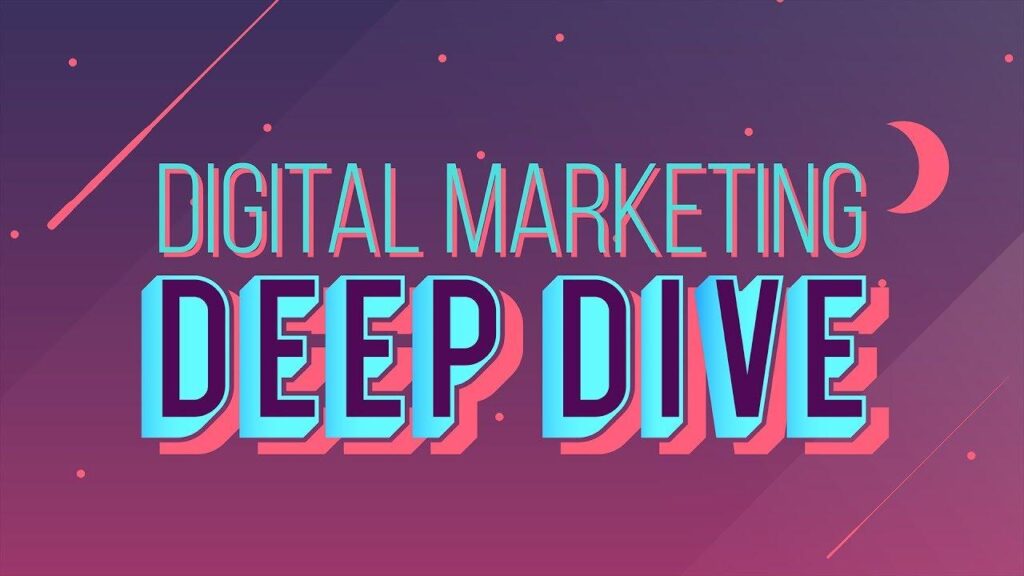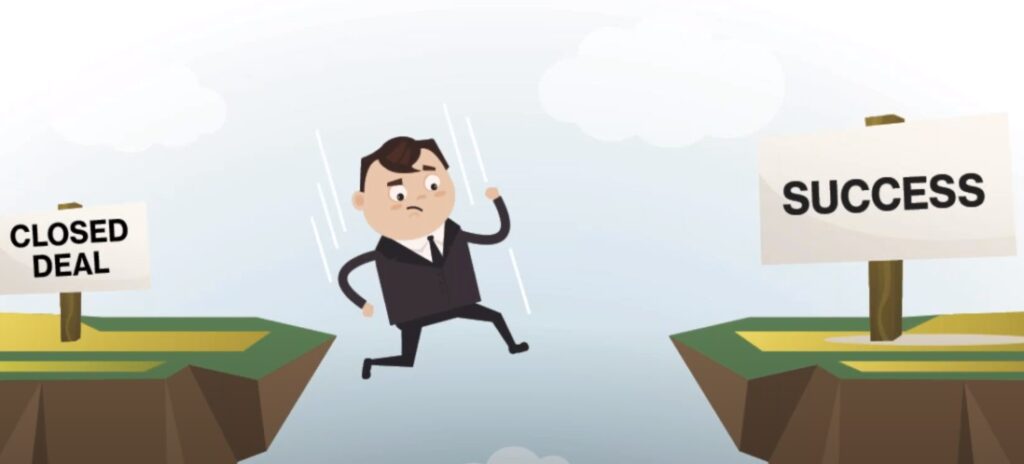Digging Deep into Marketing

Channels of Marketing
A promoting channel comprises individuals, and organizations and exercises fundamental to exchange the possession of merchandise from the point of generation to the point of utilization. It is how items get to the end-user, the buyer, additionally known as a dispersion channel. Showcasing channels are how businesses reach clients.
3 types of marketing channels
Communication Channel
We are telling our customers our product online, offline, or both. Digital Marketing for publicity through social media, email, and affiliate marketing campaigns. Online channels are cost-effective as we can track the results of our advertising campaigns. We can easily find out our potential customers and even retarget them.
Distribution Channel
Delivering products using e-commerce sites, relativity is cheap and easy to set up; we can courier our products to the customers. Distribution channels are classified into 2 parts which are direct and indirect channels.
Direct channels – The company can deliver its product to its customers; this will help understand what the customers need and build a relationship with our customers. This is an expensive process for a company, but we can always have full control of our product.
Indirect channels – The company will deliver its products to distributors and retailers, then through retailers to customers. The process is like a chain and isn’t more expensive than direct channels.
In this channel, distributors will work for you in delivering the products, and they will get a cut on your profit margin. To get the right distributors of your product, you must analyze it using the 4 Ps of marketing.
ChannelService
There are a lot of different channels, but this channel is where you have a business where there is no product. It’s a service channel through which we provide service to our customers. Selling your services to customers by advertising.

This is an example of a service channel; plumbing has marketing efforts in which it doesn’t have a product to sell. Instead, it has a service of which the target audience will be able to avail it.
Which marketing channel should you invest in?
Besides a marketing strategy, we have a lot of marketing channels, and the million-dollar question is, what would be the best marketing channel to invest in? For creating brand awareness and choosing a marketing channel, there are a lot of factors for us to invest in. We should always look at our ultimate goal by our specific audiences. For example, if you want a brand awareness campaign, we can say to invest in content marketing. Also, you may focus on a social media marketing campaign.
Start-up Digital Marketing KPIs
Evaluating marketing results
What is a marketing funnel?
The best way how to visualize how digital marketing works: The Marketing funnel

The top of the funnel – is where we need to contact customers for the first time. Examples include email marketing, social media, and much more. This is when you are getting leads and opening a conversation for a successful marketing campaign.
Middle of the funnel – This is where marketing efforts will progress since you will build a relationship with the customer and evaluate if they will ever purchase your product. It is also called the consideration phase, where we move them close to conversion.
Bottom of the funnel – This is where you entice them with purchases with discounts. In this phase, we are removing the friction for them to finally make a purchase. We can also start the product launch campaign.
The funnel represents getting people from its prospects who don’t know about the company. To purchasers who are clients of the company. Funnels are different for different types of companies; funnels with a very high price will have longer funnels that customers will think about for many months before purchasing them.
Individual channels vs. Overall KPI
Key Performance Indicators is a quantifiable measurement that measures success; It will help us know if we are hitting our campaign’s goal for the entire campaign. It will help track our effectiveness in a campaign.
Difference between KPI and Vanity metric
A vanity metric is something that we track, but sometimes it only makes u feel good, but it needs to deliver the results we want. It can be anything that is just an indicator, but it may be outside our ultimate goal. One example, especially in SEO, is obsessing about rank tracking. Ranks fluctuate more frequently than ever before. If you obsessively track them and you are only looking for rankings as an idea if you are doing well or not, then you are tracking the wrong things, and you will end up frustrated if you see good numbers it isn’t an indication that your strategy is working. So make sure you tie a metric back to your main goal to give them weight. Ranking can be a leading indicator, but it has to be measured correctly. Otherwise, we are tracking for tracking’s sake which is called a vanity metric. For your paid, print, and social media ads that won’t go to waste, we highly recommend using these KPIs to track progression.
Key Characteristics for KPIs
One example of a KPI characteristic is being ” SMART “, they need to be specific, measurable, attainable, relevant ad Time-bound.
Specific – You need to know specifically what is your campaign goal, and you need to know the exact company’s values measurements that you want to track. You need to track data and not use feelings to track them.
Measurable – Measurable goals will track potential customers from negative news to existing customers. The accurate measurement of the situation will help increase the percentage of reaching your campaign goal.
Attainable – It should be attainable creative assets that surely generate leads. There is no need for a non-realistic goal as a plan.
Relevant – It should be relevant to the business goal. Make sure that we are giving our customers what they need over what they want. Ignore all the other social media feeds you are getting and start focusing on the relevant topics from these customers.
Time-bound – Company should have a specific metric that will track the average time in getting leads from starting the campaign. We should have the metric to measure wider audiences in a much wider time to determine how long we should generate leads to conversion. With clever ads, it can save a lot of time for customers could click on it and see your product.
The 7 Steps Sales Process For Professional Services
This marketing landscape is the whole cycle from choosing the client to marketing them, collecting, staying, and promoting our business. This will be an overview of the relationship with your prospect or client.
- Choose – The first step in a professional sale process is choosing the right client before their client needs what you do, but something else will be a better fit for you or your organization. You can use a multi-channel campaign to expand the information about your product and choose the right client. Always think about your ideal client who you go after or where you will go. If you want a client 10 or 20 years later, it all starts with choosing who you want right now.
- Connect – If you know who you choose as a client, the next step is to connect to them; you can introduce them via email, social media, or face-to-face visits. Ultimately it is just to connect with them with no agenda to ensure that the brand reputation is always present.
- Conversation – After you connect with them then, start a conversation. Open a topic they will be interested in, and you must ask about the customer’s needs while having a conversation. This is the most effective stage in marketing. Creating a conversation always increase sales and always grabs the audience’s attention.
- Clarify – A logical progression with a conversation; check on what they are looking for. Listen to the lead and what they are telling you and check if they told you something that they need is, in fact, something you can help with and if it is something that they can solve now. This step is like a compel-to-take-action meeting. This measures the success rate in getting the sale.
- Client – While we are going through these things, we are hopefully looking to try and find a good fit, somebody that we can help with, somebody that’s looking for what we do and to have them become a client. Becoming a client doesn’t have to be everything overnight; it could be starting an engagement or buying something.
- Continue – Once we get a client, remember that a business’s whole purpose is to get and keep a client. Once we got them as a client, we did the hard part. Up to that point, we’ve done six steps just to get them to a client we want to focus on and keep them developing.
- Champion – We want to avoid average clients that will stick with us. Instead, we want them to be a little bit more, Every type of business may differ, but ultimately by setting it as a goal, we can define what a champion looks like in our business. We always get lucky if champion clients are new customers in our industry who can add conversion at the same the in can add new information to our sales funnel.
Answering these questions in mind and measuring what a champion is for you.
- Do they buy a certain type of service?
- Do they send certain dollars annually?
- Do they give us referrals?
- Do they give us better-than-average reviews?
Do they promote us to other people?
Perfecting the Handoff Between Sales and Customer Success

Taskray is a top-rated customer onboarding platform built directly onto Salesforce, so we are native to the salesforce platform. The main use is the customer onboarding handoff. Fitting the stage between presale and post-sale helps streamline any sort of repeatable processes you might have, and we keep it all on platforms, so we allow our customers to have that single source of truth, that power of the salesforce data.
The two biggest predictors of customer churn are poor onboarding and the loss of an executive sponsor. We find it not only to be true for our customers, but it is also true for gain sight, and these are key priority areas that we look at, as I mentioned quarterly to say where are we now still not meeting the expectations we need to and how do we adjust. The other piece of it is that you do have consistent high-quality handoffs that can mean the difference between a customer that’s gaining momentum is getting increasing value and expanding reviews and the one that gets caught and is stuck in trying to triage what went wrong and how to get back started again so when you do it right it’s incredible for your momentum when you don’t you should think about what is the risk that is creating in your process.
First impressions matter; the customer onboard journey begins with the first impression before the sale is marked close, and that is with this first impression. The customer begins the journey with us with the first marketing material they’ve interacted with. This is always the first opportunity to surprise them and to show your products/service can solve a painful problem for their company or their team. As the customer moves through these transitions, this is when you build a foundation of your long-term relationship with them.

Don’t close a sale; open a relationship. Instead of going directly to close a sale, first, make sure to open a relationship since it builds a bond with our customers by asking how their day was, opening small talk, or anything that they will remember that specific agent on their next purchase. Also, in opening a relationship, we gather information from our customers and treat them as friends instead of customers. Maintaining strong communication throughout the post-sale process is when details shift, but you can stay on top of them at each stage.
Also, this is a common falling-off point despite its simplicity and is often a pain point for many companies. The deal might be closed, and customer success is ready, but the information needs to be recovered between the sales and the onboarding team. Either it’s tracked in a desperate system, or it’s not tracked at all. It is highly recommended to consolidate this handoff into one single system.

Marketing For Successful Trade Sales
When beginning exchange commerce, it is unsafe to continue without any data. If you’re working to benefit in trade, not as a volunteer at that point, the item you handle must offer.
The first thing you need to do is use marketing to develop a strategy.
Marketing is research and planning, and you can use the 4s in marketing in researching.
4 Ps in Marketing
- Product
- Price
- Place
- Promotion
Here are some of the most important points that focus on when researching marketing
Customer
You would like to know your client; there’s a high possibility that you will only be able to offer the item you think you’ll be able to offer if you consider your client. There are a lot of businesses that don’t know their customer, which is why customers may not go back and purchase again. Make sure that you have a plan in mind for the target audience. A successful marketing campaign is when your target audience is your priority from customers with different interests.
Knowing more about customers’ worries and desires will help us know our customers. Your product must solve the customer’s problems or satisfy their needs.
Products

Make sure that your product solves their problem or satisfies their needs. What are the benefits it offers to your customers? Product price is the most important factor. No matter how great the product is, if the customer has a budget, you can only sell it if it is affordable. If your product is so high, you only sell a few in the market.
One effective marketing campaign is to study more about your product and fall in love with it, so once customers ask a lot of questions, there wouldn’t be a chance to miss any questions that they asked, and then it can lead to the best marketing campaigns.
Competitors
How much do you know about your competitors? Your product strengths are totally in conflict; the one with more capital will win. It will be a waste of time if you aren’t looking at your business competitors. Discover your competitor’s shortcomings. On the other hand, if you’re the no.1 company in your industry, you’ll be able to utilize your brand control and capital to secure companies in regions where your company has not been able to do so. Pay attention if you have no competitors; it is more likely someone else entered the markets in the past but failed.


